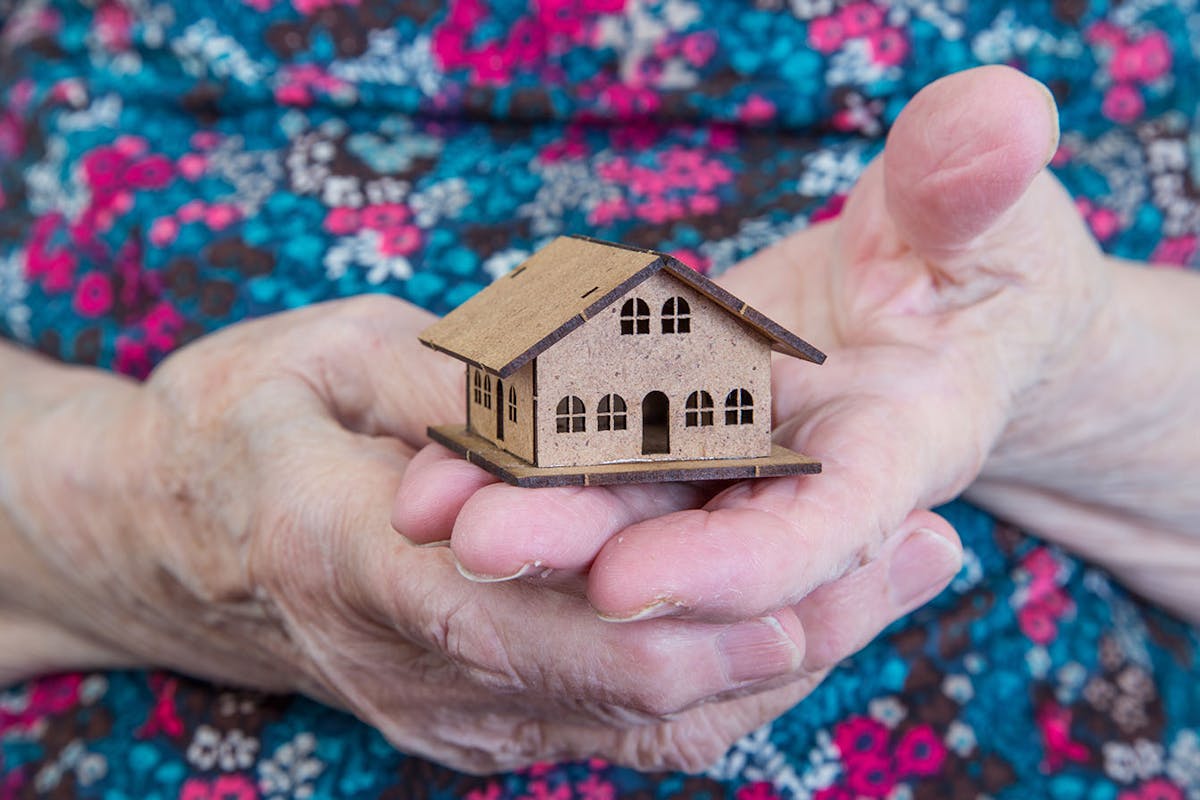5 Tips for Conducting a Home Safety Assessment

Home safety is a concern of many older adults. Because most falls and injuries happen at home, it’s easy to understand why. Seniors often live in the same house for many decades. While that familiarity is comforting, older houses typically weren’t designed with the needs of an older person in mind.
Old houses often have stairs to climb every day, bathrooms that may be outdated and unsafe, poor lighting, and a basement laundry room. Each of these can increase the senior’s risk for a fall.
It’s important to be aware of these safety hazards, since falls are the leading cause of injury for older adults. According to the National Council on Aging, a senior is treated in a hospital emergency room every 11 seconds for injuries caused by a fall. That translates to 2.8 million emergency room visits, 800,000 hospital stays, and, unfortunately, 27,000 deaths every year.
Conducting a room-by-room safety assessment of your home can help you identify potential problems. It may be beneficial to enlist the support of an adult child or even an occupational therapist to conduct this audit.
Safety First: Evaluating Your House for Fall Hazards
- Bathroom Safety Hazards
We put this one first on our list because the bathroom is one of the most dangerous places in the house for seniors. It’s important to pay close attention to safety issues in the bathroom, from the risk of falls near the toilet to trouble climbing over the side of the tub. Sturdy grab bars near the toilet and tub are a must. A step-free shower is another necessity as you grow older. Another good idea is to remove towel bars that might be used as a grab bar. Most aren’t designed to hold much weight and may pull away from the wall, causing a fall. Make sure you have slip-proof flooring and a motion-sensitive light. Organize your bathroom so the items you use most often are stored within easy reach. Climbing on a stool or squatting down to find something may cause you to lose your balance and fall. - Good Lighting Matters
Although people are often unaware of this hazard, poor lighting contributes to falls. It can be especially dangerous as we age and our vision worsens. As you conduct your safety audit, pay close attention to lighting in stairways, hallways, and in the rooms you use most often. It’s also a good idea to install night lights along the route you take to the bedroom, bathroom, and kitchen. - Clutter Patrol
The longer you’ve lived in a house, the more likely it is that you’ve accumulated a lot of possessions. Some may be impeding your ability to safely navigate your way through the home and garage. Make a point of purging those items you no longer need. - Floor Assessment
Another factor not to overlook is the condition of floors. Are there places where carpeting is torn or puckered? Are thresholds between rooms level and secure? Are stair treads in good shape? These are all issues that can contribute to falls. Also be aware that throw rugs can present a fall risk. Use them sparingly. - Exterior Safety
Make sure you take a look around the home’s exterior before concluding your safety assessment. Motion-activated lights are another must for seniors. You’ll want to time them to stay on long enough to allow you to unpack your car and get indoors before they turn off. Also inspect outdoor stairs and railings. Sidewalks should be level and free from cracks that might cause a fall.
One final suggestion, especially if you live alone, is to invest in a medical alert device, such as Life Protect’s water-proof mobile unit. In the event of an emergency, you need only push a button to be connected with help any time of day or night.